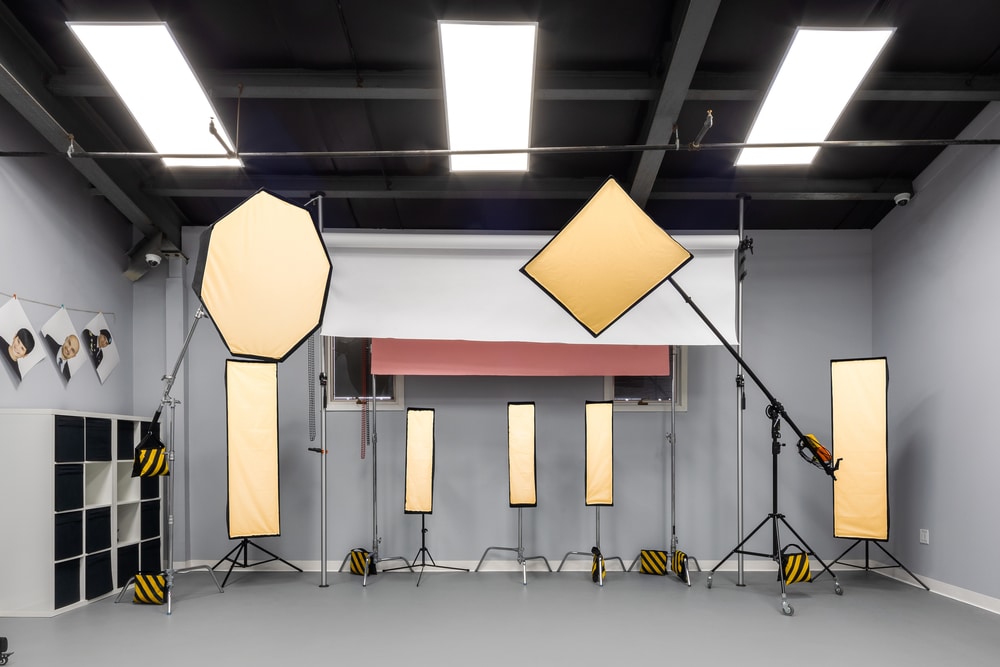Rise by Six: Your Daily Dose of Inspiration
Explore insights and stories that elevate your day.
Say Cheese: The Secrets Behind Picture-Perfect Moments
Unlock the secrets to picture-perfect moments! Discover tips and tricks that will make your photos shine and memories last forever.
10 Tips for Capturing Picture-Perfect Moments on Your Camera
Capturing picture-perfect moments on your camera requires a blend of technique, patience, and creativity. To start, familiarize yourself with your camera; understand its settings and modes. Knowing when to use automatic versus manual settings can make a significant difference in the quality of your photos. Consider lighting as well; golden hour, just after sunrise or before sunset, offers soft, warm illumination that can elevate your images.
When composing your shot, try following the rule of thirds. Imagine your frame is divided into nine equal parts by two horizontal and two vertical lines; placing points of interest along these lines or their intersections can create more balanced and engaging photos. Don't forget to be mindful of your background—sometimes, a cluttered backdrop can detract from the main subject. Finally, practice regularly and experiment with different angles and compositions; the more you shoot, the better you will become at capturing those picture-perfect moments.

The Science of Smiles: How to Get Genuine Expressions in Photos
A genuine smile can transform a photograph, making it more engaging and relatable. The science of smiles reveals that a true smile, also known as a Duchenne smile, involves not just the mouth but also the eyes. To capture this authentic expression, it's essential to create a comfortable atmosphere for the subject. Start by building a rapport, as this helps in eliciting natural reactions. Techniques like sharing funny stories or fun anecdotes can evoke genuine laughter, leading to more authentic photographs.
Moreover, timing plays a critical role in capturing these ephemeral moments. When taking pictures, consider using the following tips to enhance your chances of getting that perfect genuine smile:
- Wait for candor – let your subject relax before taking the photo.
- Capture action – photographing movement or interaction can lead to spontaneous smiles.
- Encourage emotive engagement – ask questions or involve them in a humorous scenario.
What Makes a Great Photograph? Unveiling the Secrets of Composition and Lighting
When it comes to creating a captivating image, understanding composition is crucial. A well-composed photograph draws the viewer's eye and evokes emotion. Essential principles of composition include the rule of thirds, leading lines, and framing. The rule of thirds suggests dividing the frame into a 3x3 grid and placing the subject along these lines or at their intersections. Utilizing leading lines can guide the viewer's gaze through the image, while framing with natural elements can help isolate the subject and create depth.
Equally important in the photography process is lighting. The quality and direction of light can drastically alter the mood and feel of a photograph. Natural light, such as the golden hour before sunset, often brings warmth and softness to images. Photographers must also consider the use of shadows and highlights to add dimension, creating a more three-dimensional feel. Experimenting with different lighting conditions can lead to surprising results, enhancing the overall impact of the photograph and making it stand out in a saturated visual world.